Seat And Cupra Have Separated, But Now Both Have Identity Crises
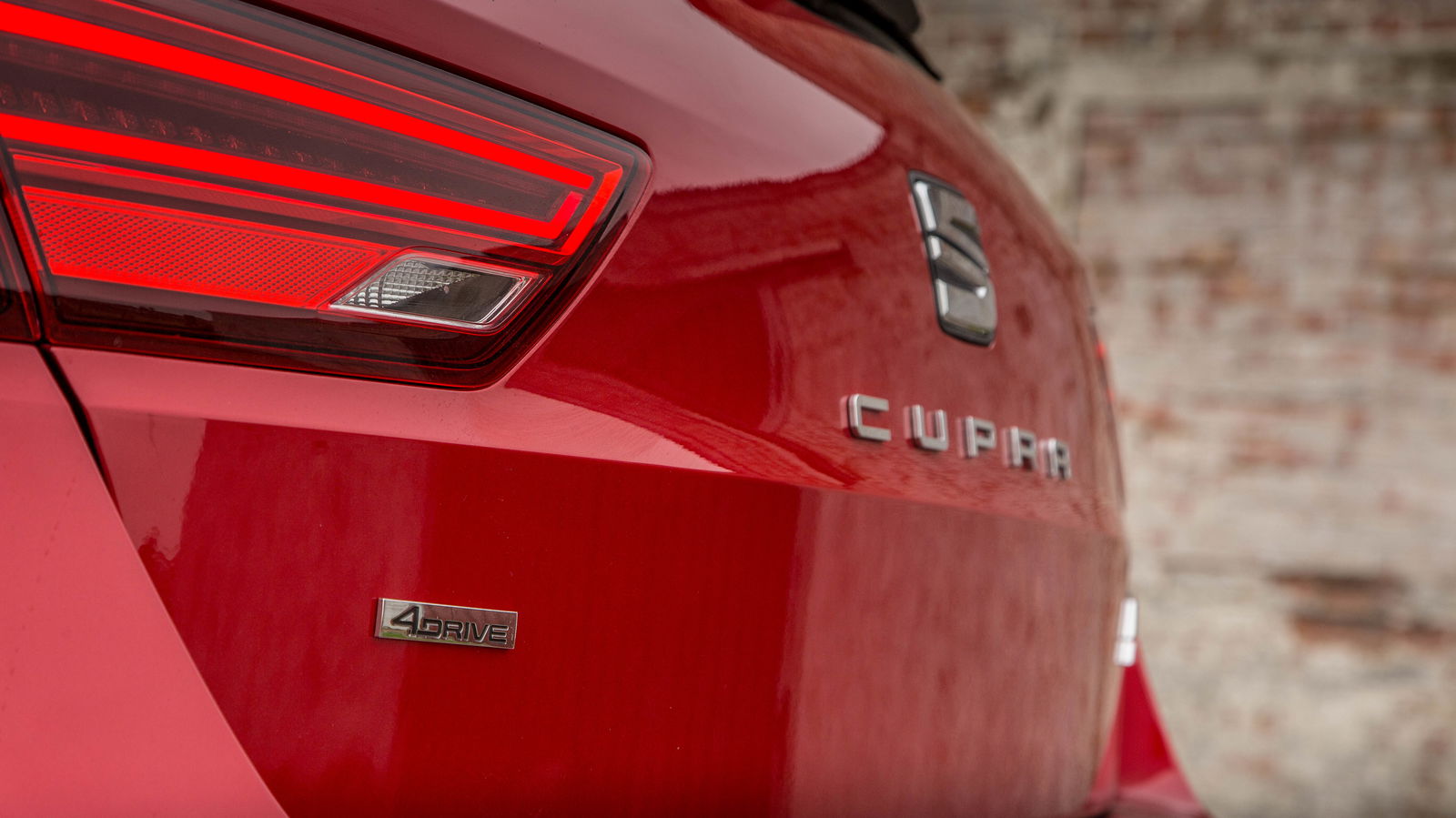
The news that Cupra is now its own brand with freer reign to do what it wants (sort of) is more interesting than you’d think. There’s a lot going on here that will affect the two sister brands’ futures, and it’s not all good.
It’s easy to dismiss the move as brand multiplication for no good reason, but whether that’s right or not, it will have ramifications. Take Seat’s basic identity within the mainstream Volkswagen Group brands: Audi is the premium player, Volkswagen builds the higher-end everyman’s cars, Skoda offers something with more comfort, space and value, and Seat has always been sporty and affordable. It has blended some of Audi’s sharp looks and performance with more Skoda-ish pricing.
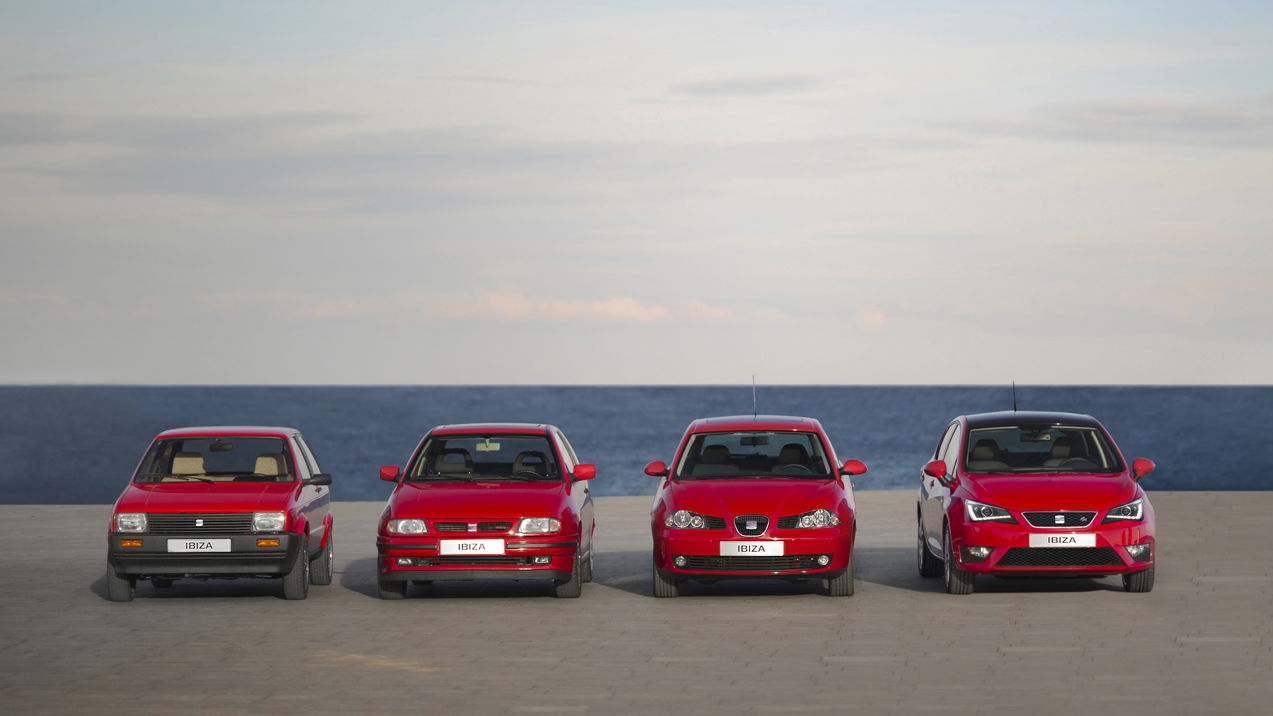
Sounds like a decent mix, right? It should have been. The problem for a long time, though, was that the company kept getting the products wrong. Over-stiff, badly-tuned suspension cursed an entire generation of Leons. Too little was done about the totally inert Volkswagen Polo chassis donated to many years’ worth of Ibizas. What should have been a finely-crafted sense of purpose to the brand became muddied and lost.
Profits suffered, and the whispers on the grapevine suggested that Volkswagen had issued Seat with an ultimatum: sell more cars, or we’ll take action. You’ll have to use your imagination as to what might have happened, because we’ll never know for sure: Seat has taken action itself.
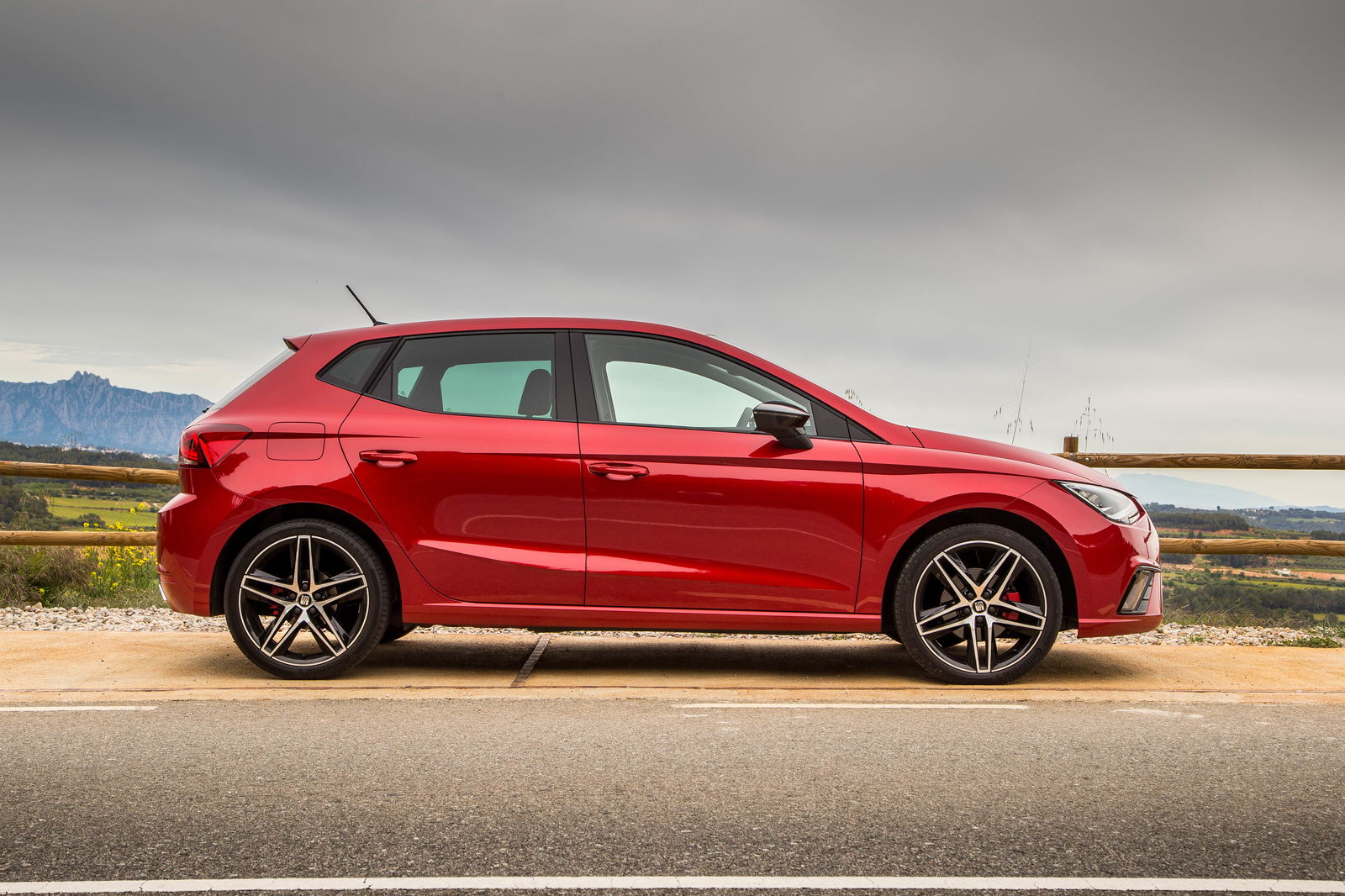
By separating Cupra from Seat, the brands have done something very odd. Arguably Cupra is (or was) Seat’s best-defined, best-performing and most interesting asset. You knew what you were getting with a Seat Cupra, and things really have been rosy for those cars lately.
The last Ibiza Cupra was an absolute gem courtesy of a brilliant 1.8-litre turbocharged engine and brilliantly-balanced suspension. The Leon Cupra 300 doesn’t have an engine; it has a mad professor under the bonnet who brews massive explosions and gob-smacking speed whenever you mash the right-hand pedal, especially in the manual car. We love it.
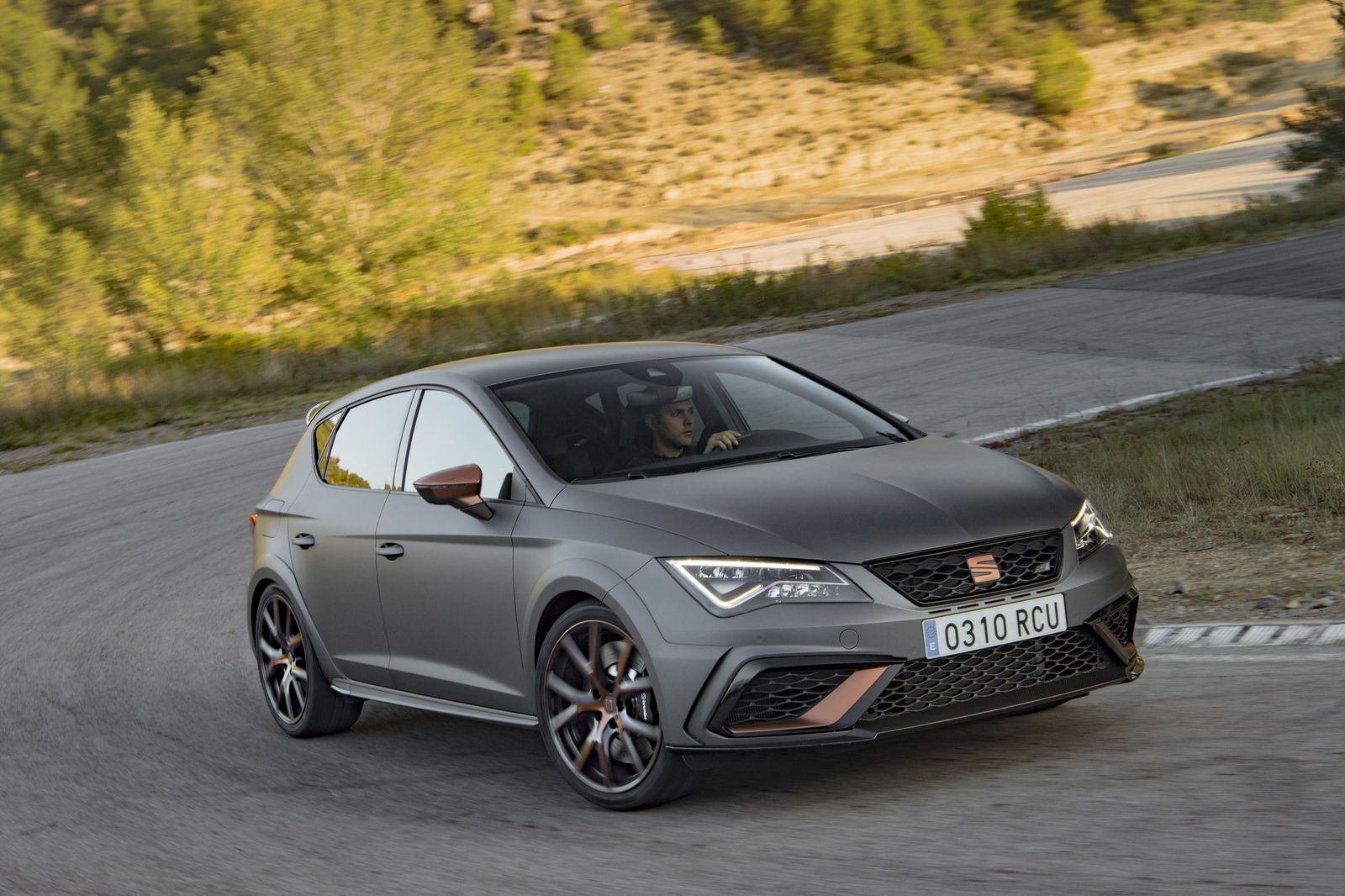
In short, Seat Cupra cars have lately been really impressive, not just for cracking out lap times but in the real world too. Separating Cupra from Seat seems from one perspective to leave one phenomenally capable set of engineers – and cars, hopefully – and one brand bereft of its guiding star. It’s like the Welsh football team losing Gareth Bale; without him they look lost.
The sporting character that was supposed to be key to Seat’s identity has been pruned and re-potted to grow separately. From a marketing perspective, what is Seat now? Is it a seller of sharper-styled Skodas? Is it a budget Volkswagen? We really don’t know, and that’s a problem. Vague claims of ‘Spanish flair’ aren’t enough.
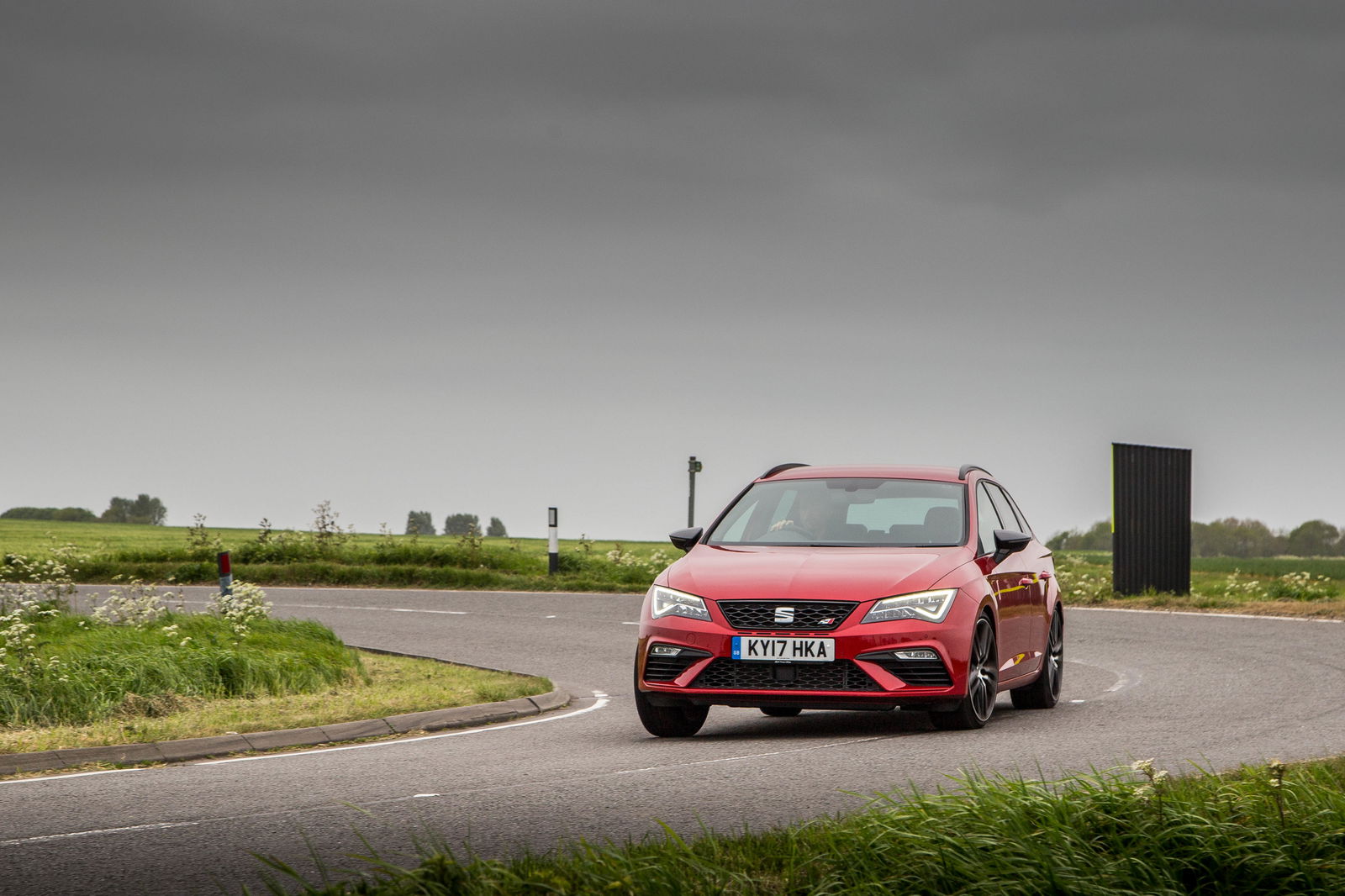
As for Cupra, it starts on such a good footing with the Leon, which has just had a big price cut and moved to make the DSG car the exact same price as the manual. On the other hand we know it’s already going after the SUV market with a fast Ateca. The business case must be there, but since the laws of physics dictate that high-riding fast cars must handle less well than a hatchback or saloon equivalent, there’s always something contrived about them. From the BMW X6M to the Bentley Bentayga, as fantastic as they technically are, there’s a whiff of falseness.
Is that the right approach for a new brand like Cupra? Does it really want to be run by the accountants, pushing for cars in the most profitable market sectors at the cost of true credibility? Is it a miniature sports car maker, or just a money-churner? Is it even the company’s fault, and should we be blaming the buying public instead for demanding the car equivalent of a fake tan?
Maybe the Cupra Ateca will be a back-handed positive, like Porsche’s runaway success with the Macan and the Cayenne before it. Those cars’ ability to print endless reams of money for Porsche (and Volkswagen) means that we get more special 911s like the GT3 Touring and the Carrera T.
As long as we keep seeing cars as good as or better than the Leon Cupra 300 we’ll be happy, but Cupra will have to tread carefully if it wants to spread the most authentic message. As for Seat, it needs to find its own new identity within the Volkswagen Group, and fast. The next couple of years for both brands will be worth watching.
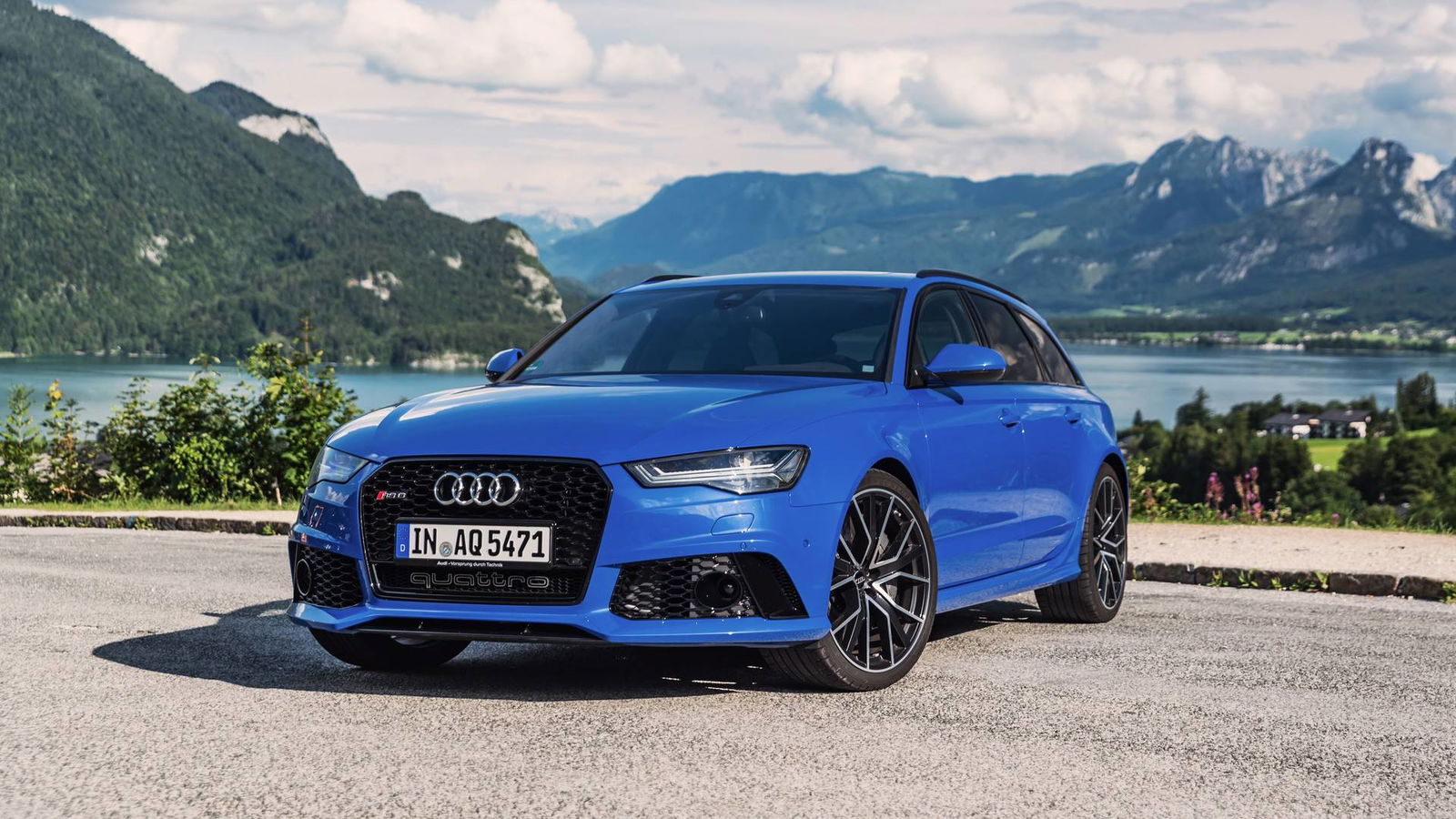
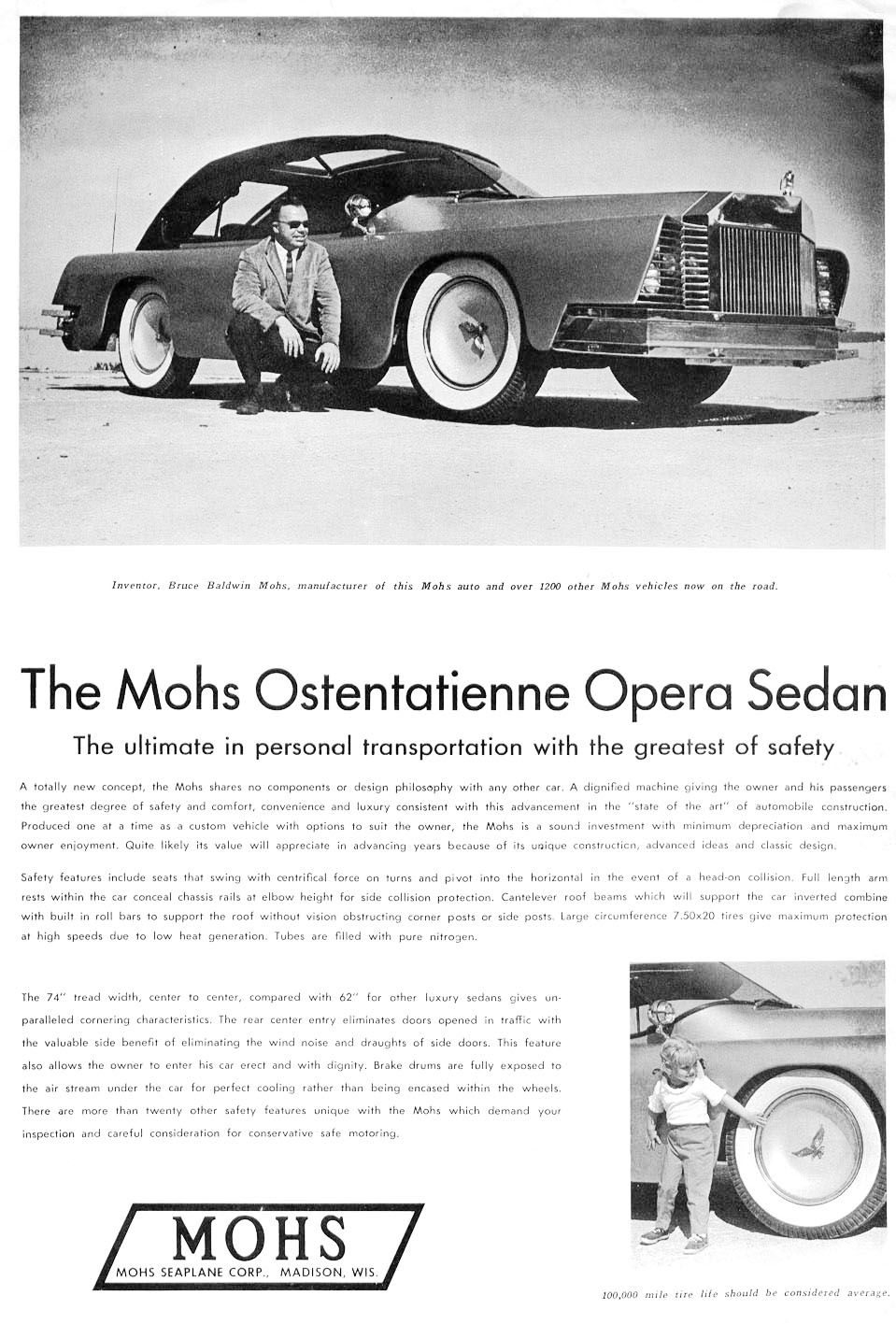
Comments
How i can Cupra with this?
Unfortunately, when this seperation happened, Cupra took the back Seat of the VW Group Bus.
It has finally happened my friends 😢
I think they want to make Cupra Seat’s answer to Renault ‘s Alpine.
To be honest Seat aren’t the only ones who have identity crisis. Volkswagen does as well. They’re becoming more and more premium but they have to be less than Audis. They used to be made out of robust materials, be chic but not too flamboyant. Look at the new Passat, it’s a mess. It is basically an Audi A4 but with more compromises. If anything Seat is becoming the old VW.
SEAT is supposed to be the young, sporting brand of the VW group. Now they’ve removed the sporting element and stuck it in the Cupra brand. Where does that leave SEAT? Exactly where Skoda was circa 2002; cheap boring cars with no real halo model. I can only envision this going wrong, like Citroen spinning off DS.